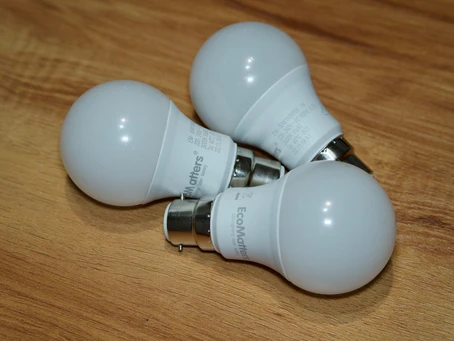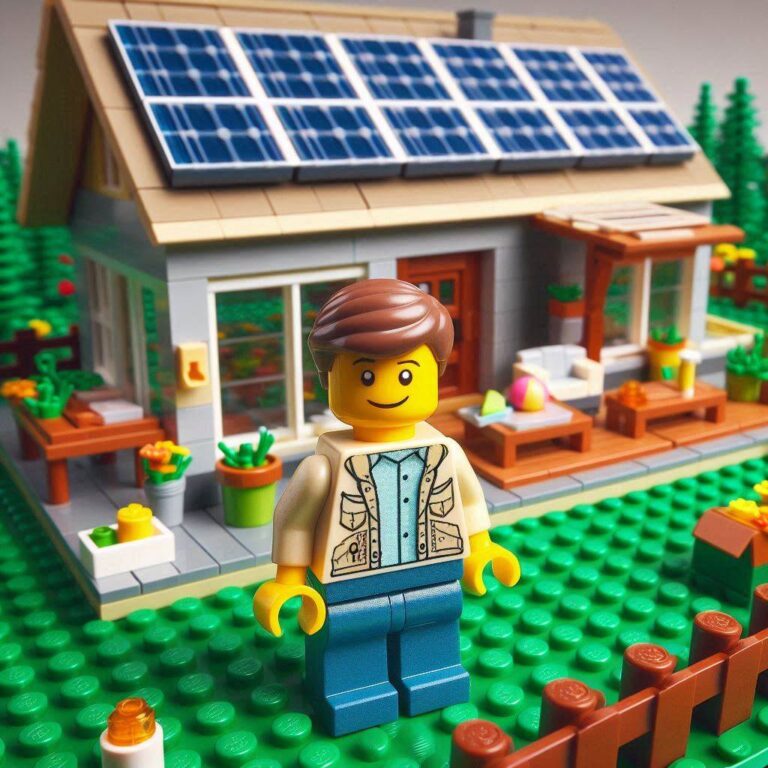When we talk about calculating our energy usage and minimising how much electricity we consume, we usually talk about big things: gadgets, refrigerators, dishwashers, laundry equipment, and so on.
But there is one way nearly everyone consumes electricity in an average day – and often multiple times at once.
The light bulb.
Yes, in our modern world, we enjoy having light available to us, day or night, at the flip of a switch. It’s a luxury that we often take for granted.
But what does this mean for energy usage? What is the difference between a 1000 watt incandescent light bulb and a 1000 watt LED bulb? How much energy does a 1000 watt bulb use?
These are questions that are important to consider, especially as we try to be more mindful of energy usage. But the answers, unfortunately, are not as simple as they might appear.
Different bulbs use different amounts of energy.
There are three main types of light bulbs available to consumers:
- Incandescent bulbs: These are the bulbs most of us grew up on. The old-fashioned, typical light bulb. They’re not terribly efficient and they don’t last long.
- Compact fluorescent light bulbs (or CFLs): These are the “spiral-y” light bulbs that many of us think of when we talk about energy-efficient light bulbs.
- LED bulbs: “Light-emitting diodes”, for short, are very energy efficient, but they still maintain the style and look of the classic incandescent bulb.
As you can imagine, each of them uses different amounts of energy.
Now, when we talk about wattage, no two bulbs are created equally. A 1000-watt bulb of any type will use the same amount of energy. But in each type of light bulb, 1000 watts will create a completely different level of light.
So when you want to compare the types, you have to look at the brightness that they generate.
So here’s a simple calculation – let’s look at 100 watts, just to keep the math simple. We’ll compare similar brightness levels on bulbs running 24 hours a day, 365 days a year.
The point of this exercise is not to give you exact numbers, but to help you compare the efficiency of each type of bulb. We will also assume that a kWh of energy costs 15 cents.
- Incandescent: A 100-watt, classic light bulb running for a full year would use up 876 kWh of energy. This means a full year of running one incandescent bulb would cost $131.40. And of course, you’ll need to replace that bulb regularly (about 12 times over the course of the year).
- CFL: To match the brightness of a 100-watt incandescent bulb, you only need a 25-watt CFL bulb. This would use only 216 kWh of energy, or $32.40 per year. Huge savings and you would likely only replace it twice.
- LED: For the same brightness, you only need a 16-watt LED bulb. That’s 140 kWh of energy or $21 per year, and the bulb would likely last the entire year.
What about heat?
One major source of energy inefficiency in incandescent lights is heat loss. As the bulb emits heat, more energy is transmitted, so the cooler a light bulb is, the more efficient it is.
A 75-watt incandescent bulb can be a scorching 168 degrees, while an equivalent 15-watt CFL would only be 55 degrees. But again, the LED bulb wins out: the equivalent 10-watt bulb would only heat to 30 degrees.
How can you save money on these light bulbs?
This is a very simple question.
Besides monitoring your usage, switching to more energy-efficient bulbs will save you scores of money. Your energy bills will go down, and you will buy and replace less bulbs over time.
It really is that simple.
If you want to reduce your energy usage at home, switching out your light bulbs is a very simple, effective way to do it – and you will hardly notice the difference around the home.
You know that TEIGE is here to help residents of Bendigo, Warrnambool and surrounds, take advantage of the VEU (Victorian Energy Upgrade) program to swap out all your globes for LED’s at no cost to you!



